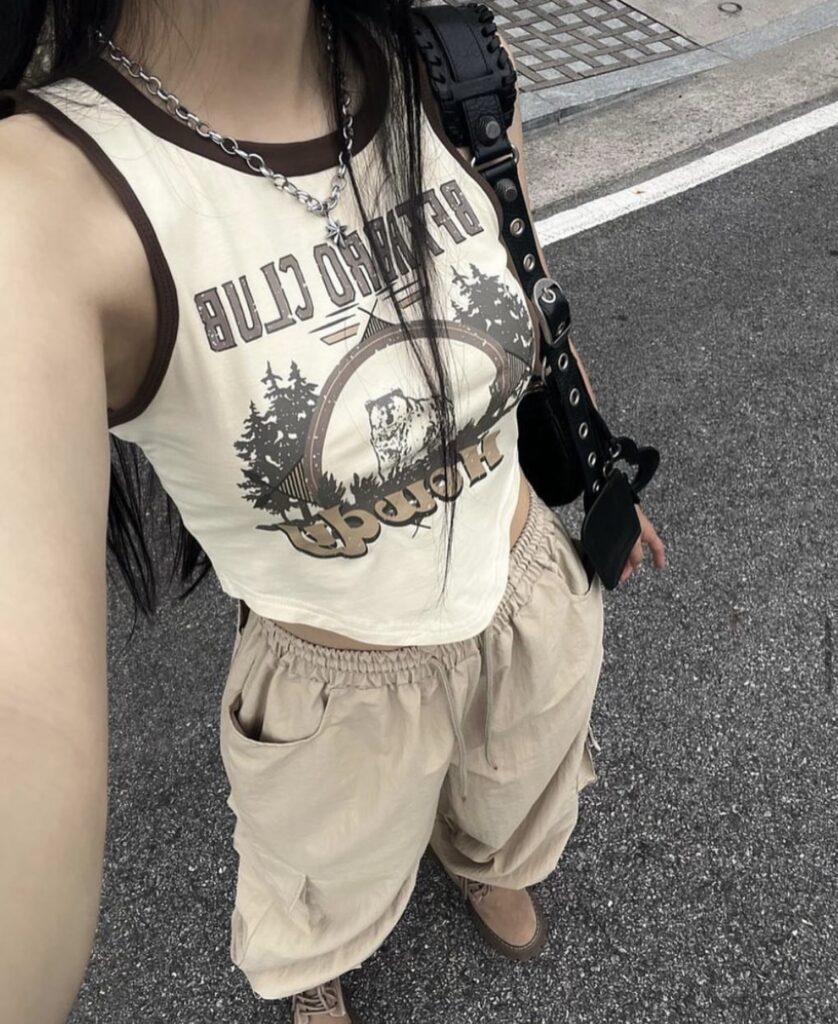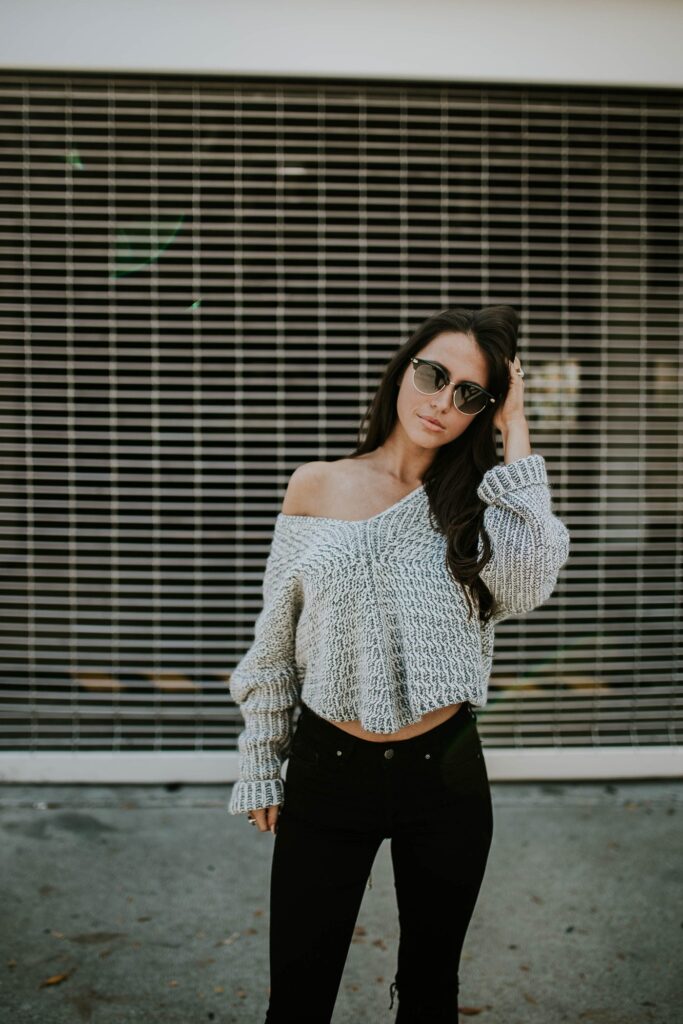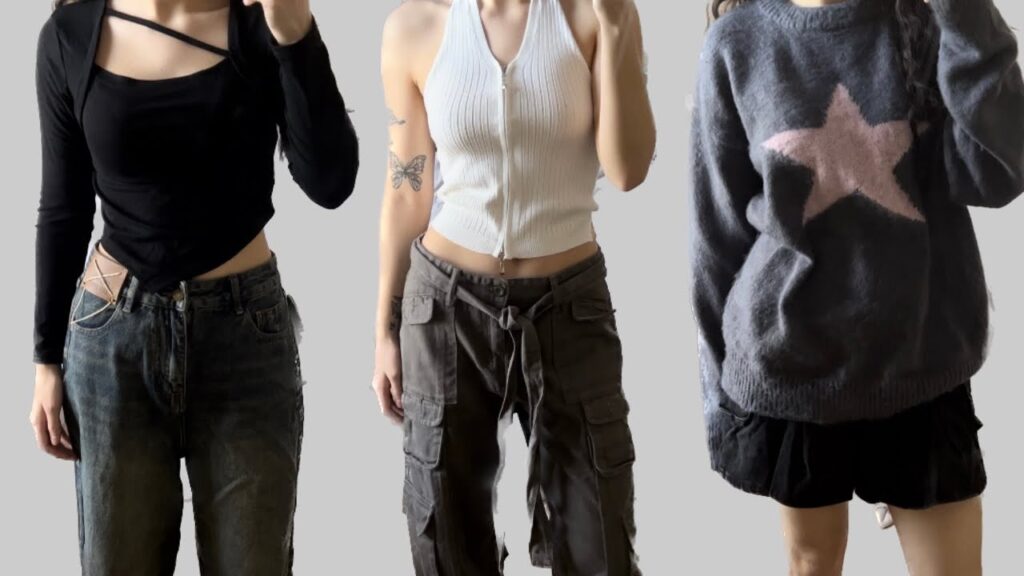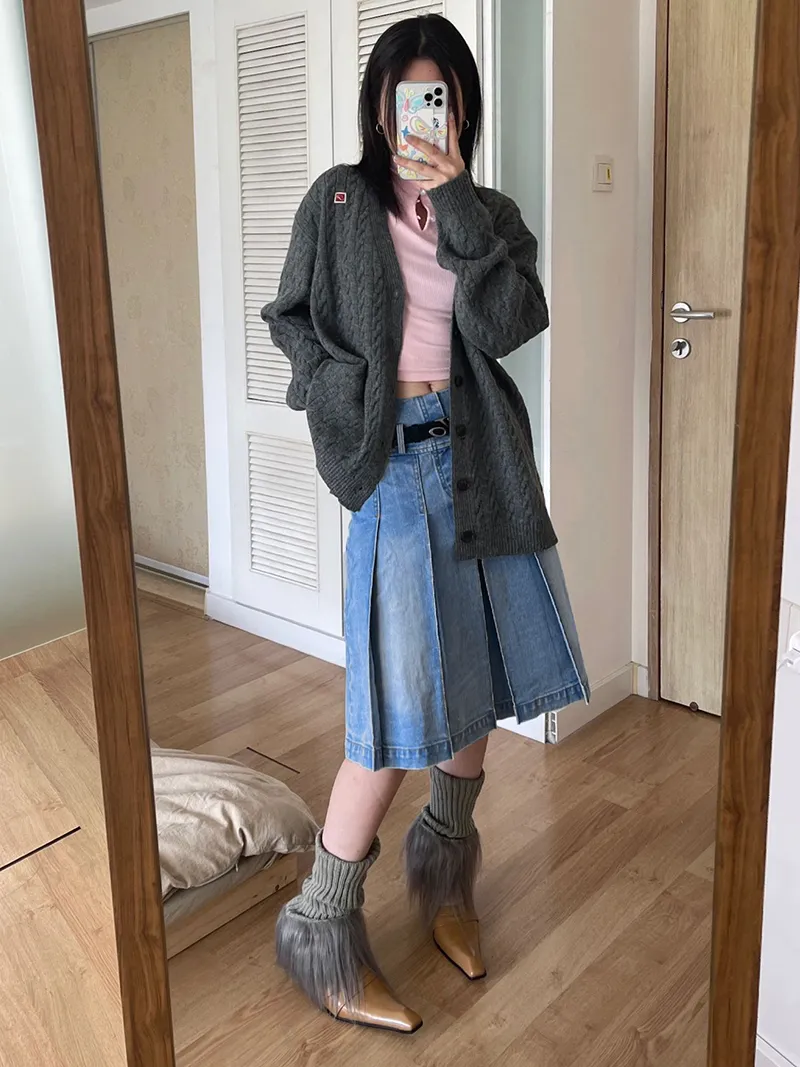Step into the world of Acubi Fashion, where innovation meets tradition and style knows no bounds. Discover how this brand continues to captivate audiences around the globe with its unique blend of creativity, sophistication, and flair. Welcome to the fascinating world of Acubi Fashion – where every outfit tells a story worth remembering.
Introduction to Acubi Fashion
Acubi fashion is a rising trend in the world of fashion that has taken the industry by storm. This concept perfectly captures the essence of Acubi fashion – a fresh, youthful, and dynamic approach to clothing.
These styles gained widespread popularity not only in Japan but also in Western countries like the United States and Europe.
However, it wasn’t until recently that Acubi emerged as a distinct category within Japanese street style. It draws inspiration from traditional Japanese clothing such as kimono robes but modernizes them with contemporary cuts and fabrics. The result is an eye-catching blend of old-meets-new that stands out among other fashion trends.
One major aspect that sets Acubi apart from other styles is its emphasis on individuality and self-expression.
Many brands promoting this trend prioritize using eco-friendly materials such as organic cotton or recycled fabrics while maintaining high-quality standards.
In recent years, Acubi fashion has gained a massive following among millennials and Gen Zers.
Acubi fashion is an ever-evolving trend that celebrates creativity, self-expression, and sustainability. It continues to gain momentum in the fashion world and shows no signs of slowing down.
The Origins of Acubi Fashion

They were not only practical for warm weather but also served as a form of self-expression and cultural identity.
As trade routes expanded, the influence of Mayan fashion spread to other regions such as Mesoamerica and South America.
Fast forward to the 16th century, when Spanish conquistadors began colonizing Latin America. This marked a significant shift in fashion as indigenous styles merged with European influences.
During this time, Acubi fashion primarily consisted of flowing dresses with voluminous skirts adorned with lace and ribbons. Women also wore colorful shawls or rebozos over their shoulders for added flair. Men’s attire included embroidered shirts paired with wide-legged pants called bombachas.
In the late 1800s, Acubi fashion underwent another transformation as immigrants from Europe brought new trends to Latin America. This led to an increase in tailored garments such as suits and dresses that were more fitted than previous styles.
Designers began experimenting with different materials like silk and incorporating modern techniques such as screen printing to create unique patterns.
Today, Acubi fashion is a vibrant and diverse mix of traditional and contemporary styles.
Evolution of Acubi Fashion through the Decades
The fashion industry is constantly evolving, with new trends and styles emerging every season. Acubi fashion, in particular, has undergone a significant transformation over the decades.
1950s-1960s – Embracing Simplicity:
During this era, simplicity was key in fashion.
1970s-1980s – Making Waves in Pop Culture:
The ’70s saw an explosion of color in fashion, which also extended to Acubi tops. Bold patterns such as rainbow stripes or psychedelic designs became all the rage amongst hippies and music festival-goers alike.
1990s-2000s – A Revival of Retro:
The ’90s saw a resurgence of vintage styles, and Acubi fashion was no exception. The classic black-and-white striped top made a comeback as a staple item in the wardrobes of both men and women. This trend continued into the 2000s, with designers putting their own spin on the iconic design.
Present Day – From Runway to Street Style:
Acubi fashion has come full circle, making its way back onto high-end runways and into the closets of fashion-forward individuals.
The evolution of Acubi fashion highlights its versatility and timeless appeal. From practical beginnings to becoming a symbol of rebellion and now a staple in modern-day fashion, it is
Influential Designers and Styles in Acubi Fashion

One of the most prominent names in Acubi fashion is founder and designer, Michael Kors.
Another visionary designer who left a lasting impact on Acubi fashion is Diane von Furstenberg.
In recent years, Raf Simons has taken over as creative director at Acubi, bringing his avant-garde aesthetic to the brand. He has successfully modernized Acubi’s image while staying true to its heritage.
Besides individual designers, certain styles have also had a significant influence on shaping Acubi fashion. One such style is preppy-chic which emerged in the 1980s thanks to brands like Polo Ralph Lauren and Tommy Hilfiger.
Another notable style that has influenced Acubi fashion is bohemian or boho-chic.
Influential designers and styles have played a significant role in shaping Acubi fashion over the years.
Impact and Influence on Pop Culture
One of the ways in which Acubi fashion has influenced pop culture is through its unique and eye-catching designs. With its bold colors, intricate patterns, and playful motifs, Acubi clothing stands out from other fashion styles.
As a result, more people are becoming aware of Acubi fashion and incorporating it into their wardrobes.
Furthermore, with its roots in traditional Japanese culture, Acubi fashion brings an element of diversity and inclusivity to popular culture. In recent years there has been an increasing demand for representation and inclusion within the entertainment industry.
Another significant impact that Acubi fashion has had on pop culture is breaking gender norms within the world of fashion. With its loose-fit and unisex designs, it has become a popular choice among both men and women.
Modern Reinterpretations of Acubi Fashion
As with any fashion trend, acubi fashion has also undergone various reinterpretations in modern times.
One of the most notable reinterpretations is the fusion of acubi fashion with streetwear. This trend emerged in the late 2010s and has gained popularity among young adults and teenagers. This hybrid style reflects a rebellion against traditional gender norms and embraces fluidity in both fashion and identity.
The use of vibrant colors, intricate embroidery, and flowing silhouettes add a touch of exoticism to high-end fashion.
In recent years, there has also been a rise in sustainable reinterpretations of acubi fashion.
Contemporary artists have also drawn inspiration from acubi fashion for their music videos and performances.
Moreover, social media platforms like Instagram have played a significant role in the modern reinterpretation of acubi fashion.
Acubi fashion continues to evolve and adapt with changing times while staying true to its cultural roots.
Sustainability and Social Responsibility in Acubi Fashion

The concept of sustainability in Acubi Fashion goes beyond just using organic fabrics or reducing carbon footprint. It encompasses the complete supply chain from sourcing materials to production and packaging. The brand carefully selects suppliers who share their values and adhere to strict ethical standards.
These materials are not only better for the environment but also provide superior quality products for customers. In addition to this, the brand also uses recycled materials whenever possible.
Acubi Fashion’s production process is equally conscious with a focus on reducing waste and minimizing environmental impact. They use digital printing techniques that require fewer resources compared to traditional methods and prioritize energy-efficient machinery in their factories. The brand also works towards eliminating single-use plastics from their packaging process by using biodegradable or reusable alternatives.
Furthermore, they partner with various organizations that support marginalized communities by providing employment opportunities and training programs.
This approach encourages consumers to invest in high-quality pieces rather than constantly buying new ones.
Future Trends for Acubi Fashion
The world of fashion is constantly evolving and with it, the trends and styles that dominate the industry. Acubi fashion, which has a rich history dating back to ancient civilizations, is no exception.
Sustainability is becoming an increasingly important factor in the fashion industry as consumers become more conscious about their environmental impact.
Another emerging trend for Acubi fashion is inclusivity and diversity. This has led to an increase in representation of diverse cultures and ethnicities on runways, campaigns, and editorials.
Technology is also playing a significant role in shaping the future of Acubi fashion.
The future of Acubi fashion is exciting and constantly evolving.
Conclusion: The Enduring Legacy of Acubi Fashion
One such fashion trend that has stood the test of time and continues to be relevant today is Acubi fashion.
One of the key features that have contributed to the enduring legacy of Acubi fashion is its practicality. As trade expanded across different regions, so did this garment’s popularity, leading to variations in design and materials used. However, one thing remained constant – its functionality. Even today, modern versions of Acubi jackets are still popular among outdoor enthusiasts due to their durability and weather-resistant properties.
Another factor that has cemented Acubi’s place in fashion history is its versatility.
Moreover, Acubi fashion has transcended generations and cultures thanks to its timeless aesthetic appeal. Despite numerous changes in mainstream fashion over the years, Acubi remains a classic style that never goes out of trend. Its clean lines and minimalistic design make it easy to pair with any outfit while maintaining a touch of sophistication.
As fashion evolves, we can expect this iconic style to continue making its mark for generations to come.

